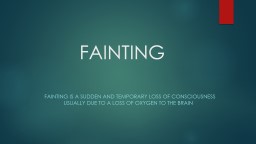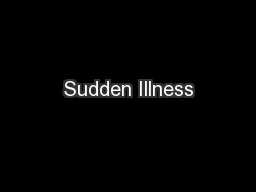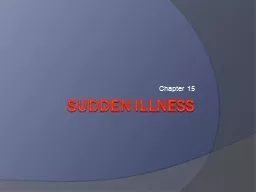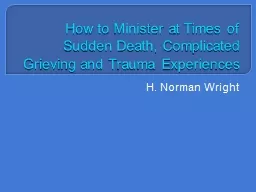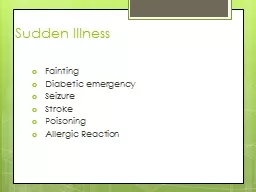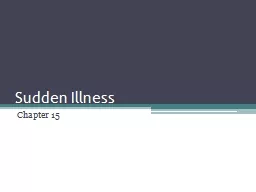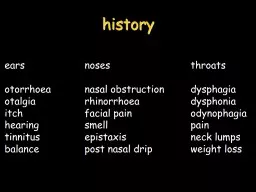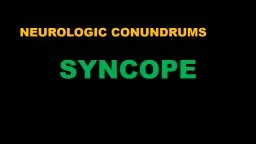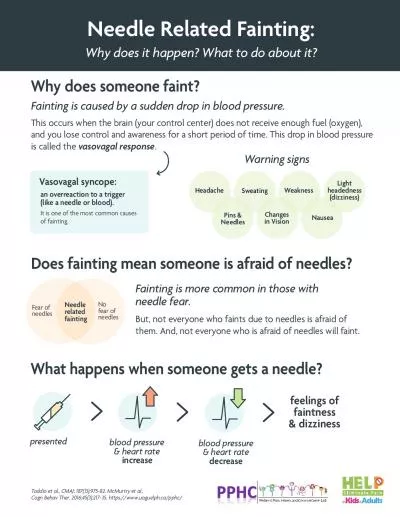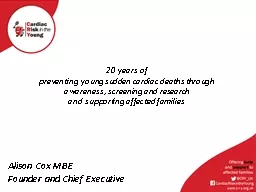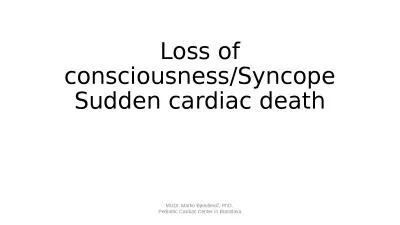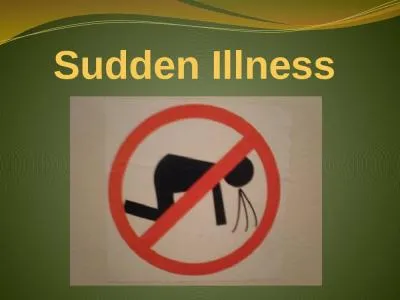PPT-FAINTING Fainting is a sudden and temporary loss of consciousness usually due to a
Author : roberts | Published Date : 2024-02-09
OVERVIEW To provide an update on the causes symptoms and care of a person who has fainted Fainting is not normal and must be considered a medical emergency until
Presentation Embed Code
Download Presentation
Download Presentation The PPT/PDF document "FAINTING Fainting is a sudden and tempor..." is the property of its rightful owner. Permission is granted to download and print the materials on this website for personal, non-commercial use only, and to display it on your personal computer provided you do not modify the materials and that you retain all copyright notices contained in the materials. By downloading content from our website, you accept the terms of this agreement.
FAINTING Fainting is a sudden and temporary loss of consciousness usually due to a: Transcript
Download Rules Of Document
"FAINTING Fainting is a sudden and temporary loss of consciousness usually due to a"The content belongs to its owner. You may download and print it for personal use, without modification, and keep all copyright notices. By downloading, you agree to these terms.
Related Documents

